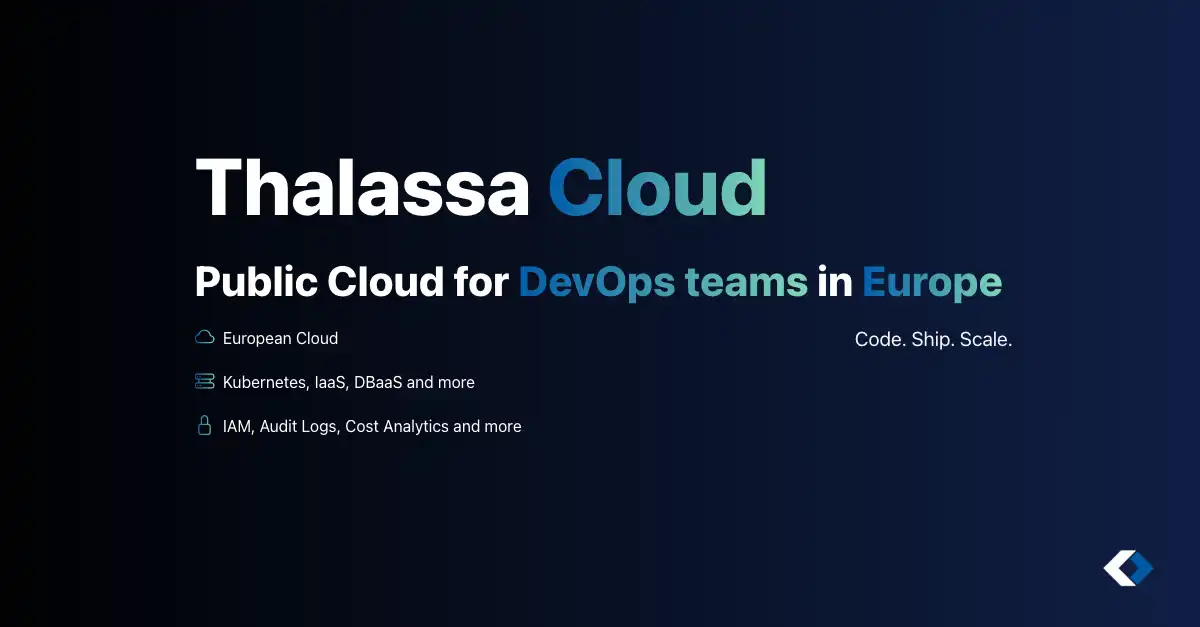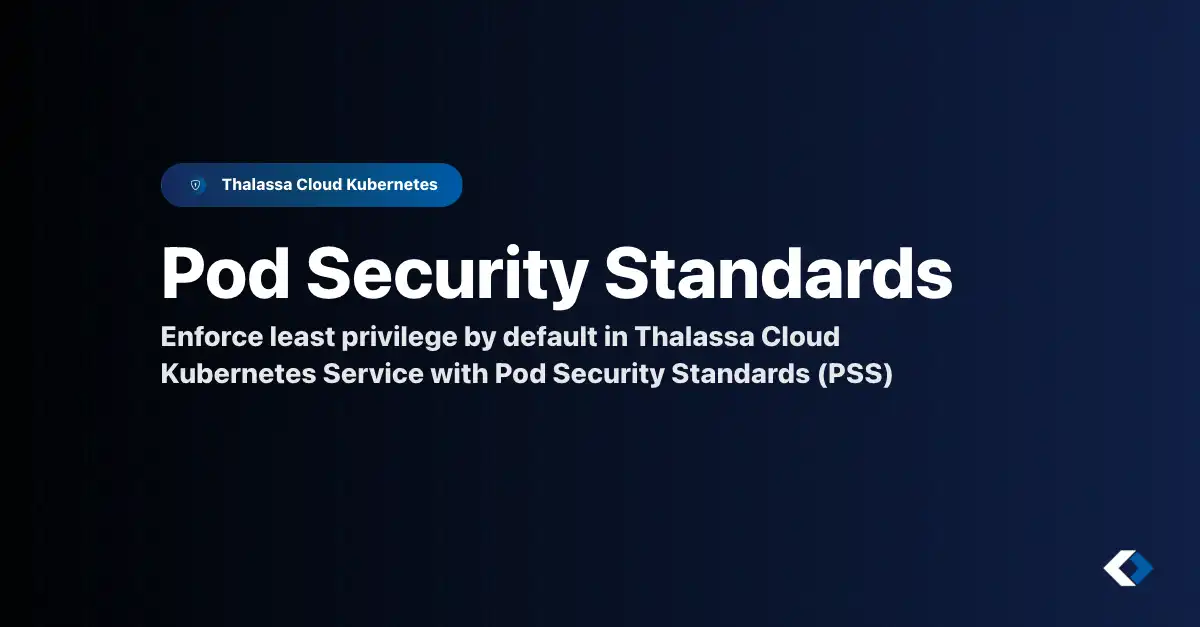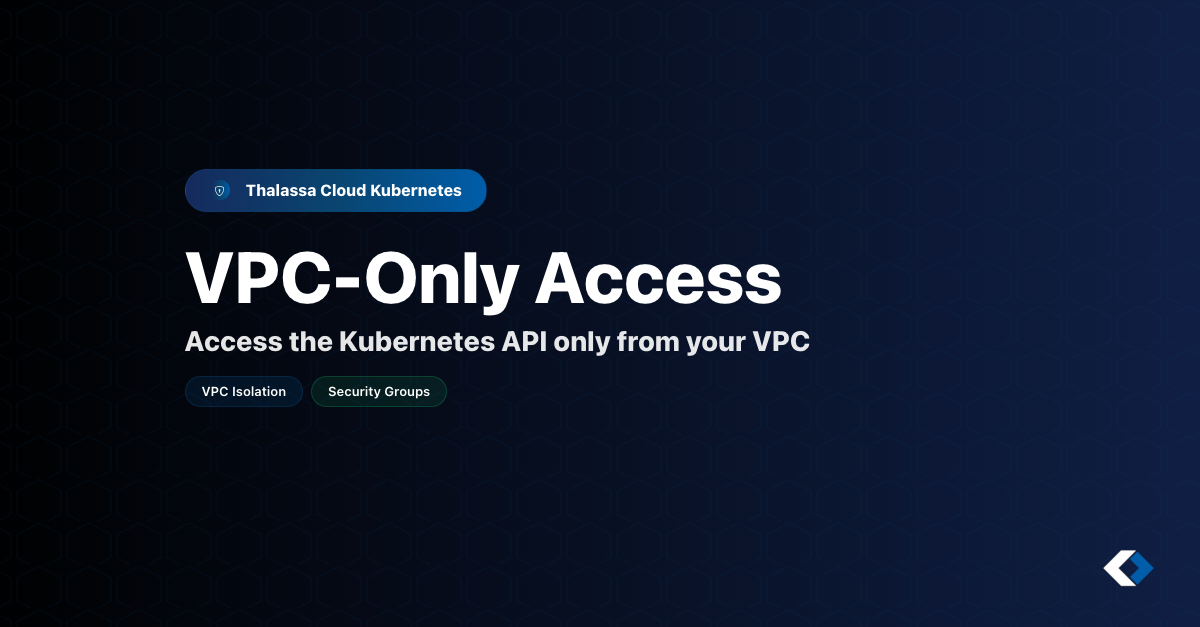We are excited to announce the availability of VPC Peering on Thalassa Cloud. This feature lets you connect Virtual Private Clouds (VPCs) securely though our private network, enabling private network communication between VPCs without using the public internet or Site-to-Sites. It works across organisation accounts.

Private Network Connections
VPC Peering creates a direct network connection between two VPCs. Traffic between peered VPCs stays on the private network and never touches the public internet, providing secure, low-latency communication between your VPCs. You can peer VPCs within the same region, allowing different teams or customer environments to communicate privately. Usful for example, to route observability traffic between two VPCs, or database replications.
How It Works
When you create a peering connection, you configure which VPCs to connect. If you are connecting across organisations, you also need to provide the organisation ID of the other organisation. After creating, you need to approve the peering connection.
Once established, you can configure routes to the VPC peering connection in your route table, and resources in one VPC can communicate directly with resources in the peered VPC using private IP addresses. The connection is secure by default because all traffic stays on the private network, with no public internet exposure, which reduces your attack surface and improves security.
Getting Started
You can create VPC peering connections through our Console, API, or Terraform provider. Configure the source and destination VPCs, specify the network ranges, and establish the connection.
Learn more about VPC Peering in our documentation.

 Thalassa Cloud
Thalassa Cloud



